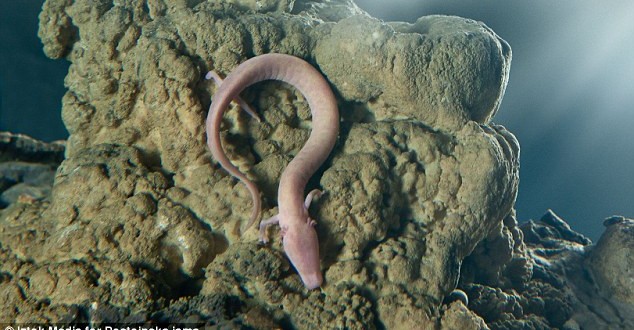Researchers are awaiting a few baby dragons as they are about to hatch from their egg shells in a Slovenian cave.
The olm – also known as the proteus – is a bizarre-looking amphibian that has dwelled in the cave rivers of the Balkans for millions of years. They’re thought to live for more than 100 years but reproduce just once or twice a decade.
A female olm has laid around 50 eggs at the aquarium at the Postojna Cave – and three of them are now showing signs of growth.
Saso Weldt, a biologist employed at the cave, told the BBC: “She started laying eggs on 30 January. She is still laying one or two eggs per day, and they need something like 120 days till they hatch.”
The proteus is famous in Slovenia, even appearing on coins before the euro arrived. Hundreds of years ago, when floods washed the creatures from the caves, they were believed to be baby dragons.
Scientists are hoping that things go well this time. The last time a captive olm laid eggs, in 2013, none of them hatched and many became dinner for the other olms in the tank.
Aquarium workers have added extra oxygen to the water, removed everyone but the mother olm from the tank, and boarded up the aquarium to protect the eggs from light.
“Now it’s up to them,” said Mr Weldt.
https://www.youtube.com/watch?v=kZadJOPwP6k
Agencies/Canadajournal
 Canada Journal – News of the World Articles and videos to bring you the biggest Canadian news stories from across the country every day
Canada Journal – News of the World Articles and videos to bring you the biggest Canadian news stories from across the country every day



